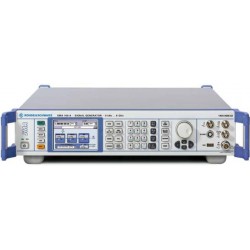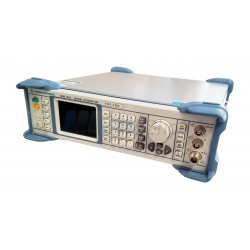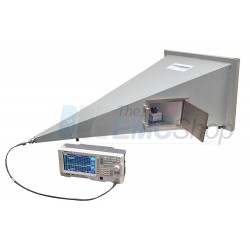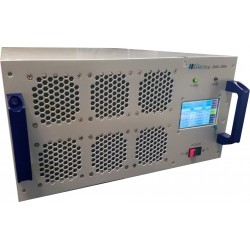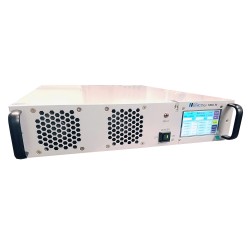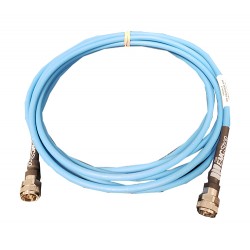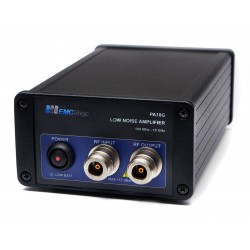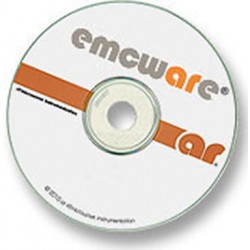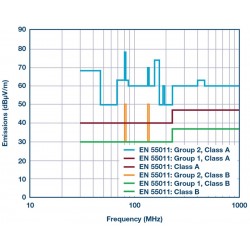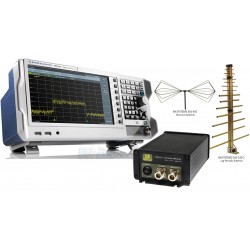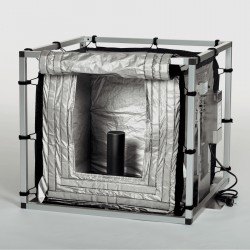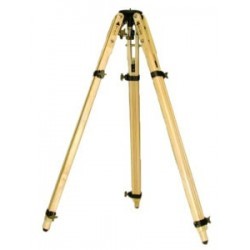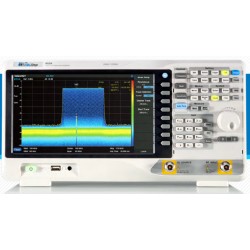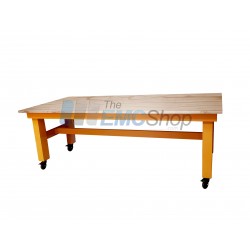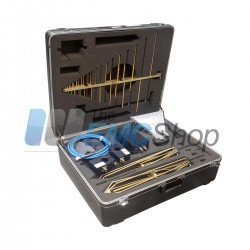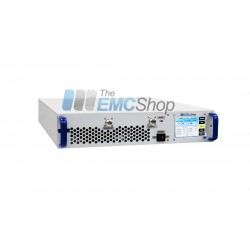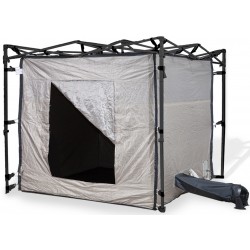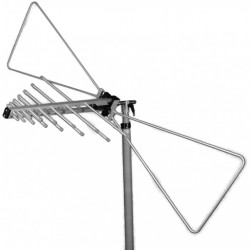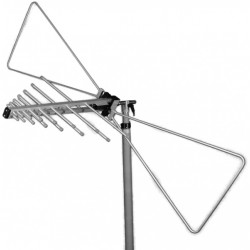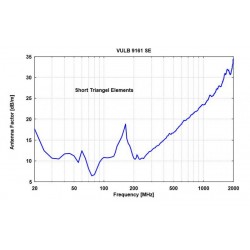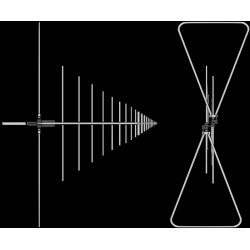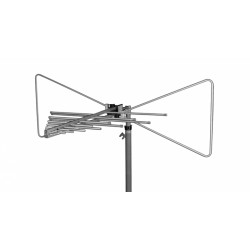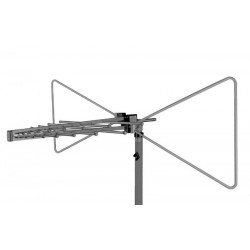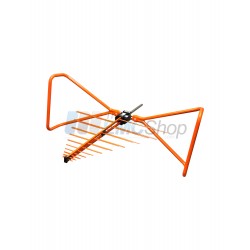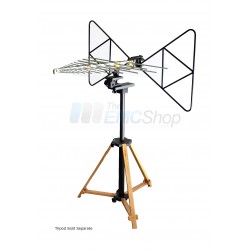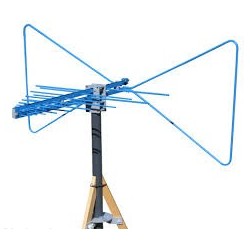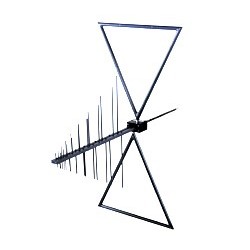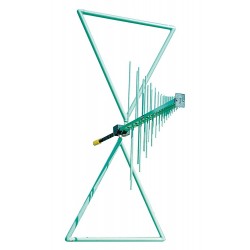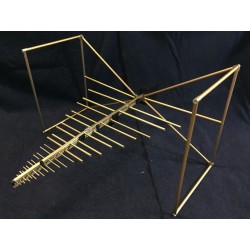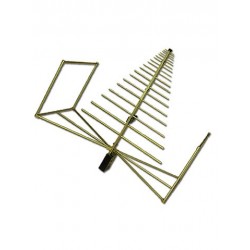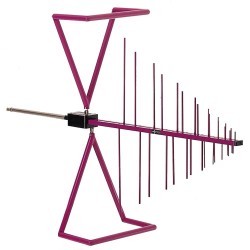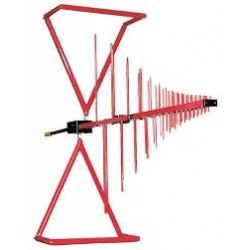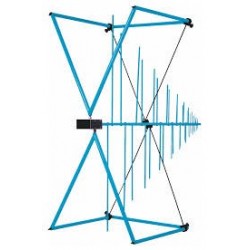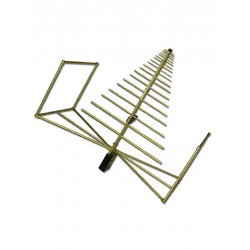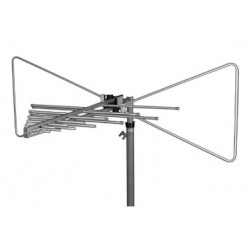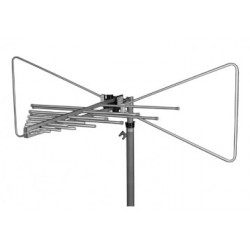No products
Product successfully added to your shopping cart
There are 0 items in your cart. There is 1 item in your cart.
BiConiLogs
- EMC Test Equipment
- Transient Generators
- RF Power Amplifiers
- DC - 300 kHz RF Amplifiers
- 10 kHz - 250 MHz RF Amplifiers
- 10 kHz - 400 MHz RF Amplifiers
- 10 kHz - 1 GHz RF Amplifiers
- 80 MHz - 1 GHz RF Amplifiers
- 1 GHz - 2 GHz RF Amplifiers
- 700 MHz - 4.2 GHz RF Amplifiers
- 1 GHz - 6 GHz RF Amplifiers
- 2 GHz - 8 GHz RF Amplifiers
- 6 GHz - 18 GHz RF Amplifiers
- 18 GHz - 40 GHz RF Amplifiers
- Pulse Amplifiers
- RF Field Strength Probes & Meters
- RF Conducted Immunity
- EMC Receivers/EMI Analyzers
- EMC Antennas
- Coupling Decoupling Networks (CDN's)
- Line Impedance Stabilization Networks (LISN's)
- RF Test Equipment
- EMC Probes
- EMC Measurement & Equipment Software
- Power Supplies
- Electrical Safety Analyzers
- High Precision Laboratory Power Analyzers & Meters
- Anechoic Chambers
- Over-the-Air (OTA) Test Chambers
- EMI RF Shielded Tent Enclosures
- RF Shielded Rooms
- EMC Absorber
- Positioning Equipment
- EMC/EMI Test Setup
- GTEM Cells / TEM Cells
- Reverberation Chambers
- Used RF Anechoic Chambers
- EMC Chamber Filters
- EMC Chamber Shielding Gaskets
- RF Shielded Doors
- Anechoic Chamber Accessories
- Fully Anechoic (FAR) Test Chambers
- Manufacturers
- 3ctest
- AE Techron
- AH Systems
- Amplifier Research
- Boonton
- Com-Power
- Diamond Engineering
- EM Test (Ametek CTS)
- EMC Partner
- EMC Test Design
- Empower High Power RF Amplifiers
- ETS-lindgren
- Log Periodic Dipole Array Antenna
- Near Field Probe Sets
- Double Ridge Horn Antennas
- Biconical Antennas
- Quad Ridge Horn Antennas
- Electric Field Probes
- GTEM's
- Positioners & Tripods
- Loop Antennas
- Biconilog Antennas
- LISN's (Line Impedance Stabilization Network)
- Shielded Enclosures/Rooms
- Monopole Antennas
- Field Generating Antennas
- Fischer Custom Communications
- Haefely Hipotronics
- Haefely EFT/Burst Immunity Test Systems
- Haefely Surge Combination Wave Test Systems
- Haefely Surge Damped Oscillating Wave Test Systems
- Haefely Electrostatic Discharge Test Systems (ESD)
- Haefely Surge Ring Wave Test Systems
- Haefely Surge Telecom Wave Test Systems
- Haefely Magnetic Field Test Systems
- Haefely CDN's (Coupling/Decoupling Networks)
- IFI Amplifiers
- Keysight (Agilent)
- MVG - Microwave Vision Group
- PMM / Narda
- Rohde & Schwarz RF Test Equipment
- Rohde & Schwarz Broadband RF Amplifiers
- Rohde & Schwarz Spectrum Analyzers
- Rohde & Schwarz Compliant EMI Test Receivers
- Rohde & Schwarz Isotropic RF Probes
- Rohde & Schwarz RF Signal Generators
- Rohde & Schwarz RF Switches
- Rohde & Schwarz Oscilloscopes
- Rohde & Schwarz RF Power Meters
- Rohde & Schwarz RF Power Sensors
- Schloder
- Schwarzbeck Mess-Elektronik
- Schwarzbeck Antennas
- Schwarzbeck Automotive Antennas
- Schwarzbeck Broadband Horn Antennas
- Schwarzbeck Biconical Antennas
- Schwarzbeck Logarithmic Periodic Broadband Antennas
- Schwarzbeck Stacked Log-Periodic Broadband Antennas
- Schwarzbeck Biconic Log-Periodic Antennas
- Schwarzbeck Dipole Antennas
- Schwarzbeck Rod Antennas
- Schwarbeck Antenna Baluns / Holders
- Schwarzbeck LISN Line Impedance Stabilisation Networks
- Schwarbeck Decoupling & Absorbing Clamps
- Schwarzbeck Field Probes
- Schwarzbeck Helmholtz Coils
- Schwarzbeck Antenna Masts
- Schwarzbeck Coupling/Decoupling Networks
- Schwarzbeck Antennas
- Solar Electronics
- Teseq (Schaffner)
- Teseq Automotive Transient Generators
- Teseq RF Test Equipment
- Teseq EFT/Burst Generators
- Teseq RF Immunity Generators
- Teseq ESD Guns
- Teseq Surge Generators
- Teseq Harmonics & Flicker Solutions
- Teseq Dips, Interrupts & Variations Equipment
- Teseq Ring Wave Generators
- Teseq Oscillatory Waves Generators
- Teseq Absorbing Clamps / Ferrite Tube
- Teseq EMC Antennas
- Teseq Current Probes
- Teseq Coupling Networks
- Thermo Keytek
- Vicreate
- Compliance Standards
- International (IEC/EN)
- EN/IEC 61000-3-2
- EN/IEC 61000-3-3
- IEC 61000-3-11
- IEC / EN 610000-3-12
- EN/IEC 61000-4-2
- EN/IEC 61000-4-3
- EN/IEC 61000-4-4
- EN/IEC 61000-4-5
- EN/IEC 61000-4-6
- EN/IEC 61000-4-7
- EN/IEC 61000-4-8
- EN/IEC 61000-4-9
- EN/IEC 61000-4-10
- EN/IEC 61000-4-11
- EN/IEC 61000-4-12
- EN/IEC 61000-4-16
- EN/IEC 61000-4-18
- EN/IEC 61000-4-19
- EN/IEC 61000-4-20
- EN/IEC 61000-4-21
- EN/IEC 61000-4-29
- EN/IEC 61000-4-31
- IEC 61000-4-39
- EN/IEC 62132
- SEMI F47 Voltage Sag Immunity
- Product Standards
- Military & Aerospace Standards
- Automotive EMC Standards
- CISPR Standards
- Telecom Testing
- ANSI/IEEE Standards
- FCC Part 15
- FCC Part 30
- International (IEC/EN)
- Application/Test Type
- Radiated Immunity
- Bulk Current Injection Testing
- RF Emissions Testing
- Conducted Immunity
- Conducted Emissions
- Antenna Pattern Measurement
- CE Mark Testing
- Intentional Radiator Testing
- Pulsed HIRF Radar
- Over-the-Air (OTA) Testing
- 5G Test Solutions
- Automotive EMC
- SAR Measurement Equipment
- Radiated Emissions
- Battery Simulator Test Equipment
- Services
- Clearance
Viewed products
-

ETS-Lindgren 3141...
Rentals Ship Same Day Input Power up...
ETS-Lindgren 3141 Biconilog Antenna, 26 - 2000 MHz
Used
- Rentals Ship Same Day
- Input Power up to 1000 Watts
- Frequency coverage from 25 MHz - 2000 MHz
- Emissions Testing
- ANSI C63.4
- FCC-15
- FCC-18
- EN 55022
- Immunity Testing to IEC 61000-4-3
Typically In Stock
PDF Downloads
Specifications
| Frequency Range | 25 MHz - 6000 MHz |
| Standards Met | IEC/EN 61000-4-3, CISPR 13, CISPR 14-1, CISPR 16-1-4, CISPR 16-2-3, CISPR 22, CISPR 24, CISPR 32, EN 61000-6-1, EN 61000-6-2, EN 61000-6-3, EN 61000-6-4, IEC 60533, IEC 60601-1-2, IEC 61326, ISO 11452-2, |
| Gain | 8 dBi |
| Application/Test Type | RF EMC immunity testing, Improved high frequency gain |
| Impedance | 50 Ohms |
| Antennas Bilogical Antennas | |
| Parameter | Value |
| Antenna Factor (1 Meter) | -23 to 8 dBi |
| Maximum Continuous Power | 500 Watts |
| Impedance | 50 Ohm |
| Connector | N type female |
| Dimensions | 52.7 in. (133.9 cm) x 66.2 in (168.1 cm) x 30 in (76.2 cm) |
| Weight | approx. 4.5 lbs (2 kg) |
Test Equipment Description
The EMCO ETS-Lindgren 3141 is a popular bow-tie/log periodic combination BiConiLogTM family. A biconilog antenna combines a broadband biconicallike bow-tie antenna with a standard log periodic to replace the traditional use of two antennas in the 30-1000 MHz EMC test frequencies. Many EMC antennas are variations of a standard tuned dipole. For any dipole-type antenna to transmit or receive energy most efficiently, its length must be nearly a half wavelength, which is about 4.6 meters long at 30 MHz, and 2.8 meters long at 50 MHz.
Unfortunately, this is too unwieldy for many anechoic chambers and test sites. The end plates of the Model 3141 T bow-ties make it look like an antenna twice as long as its 1.4 meter length. The result is about a 10 dB improvement in low-frequency transmit gain and receive antenna factor compared to a same-length regular bow-tie. Although bow-ties have been used for all elements on log-periodic antennas in the past, in EMC applications the advantage gained is an extension of the useful low frequency range of the typical LPDA's from 100 MHz down to 30 MHz. At 30 MHz, an efficient single dipole type antenna must be 5 meters long, whereas suitable performance is obtained here with less than a 1.4 meter long bow-tie. A simple wire outline bow-tie antenna is narrowband compared to a sheet bow-tie or biconical, thus struts are added to the Model 3141 bow-ties to better simulate the broadband sheet bow-tie. The standard "self-balun" feed of the log-periodic also provides a matched, balanced feed to the bowtie elements. To prevent cable pickup below 100 MHz, the Model 3141 contains a "balun" which acts as a common-mode choke to keep unbalanced current off the coaxial feed cable outer shield. Even though the Model 3141 is highly balanced (symmetry +/-0.5 dB), in vertically polarized measurements cable position can effect results, so it is recommended that the cable be suspended horizontally back from the antenna at least 1 meter before any vertical drop. Below 150 MHz, bow-tie radiation dominates with a dipole-like pattern, while above 150 MHz the radiation in the plane of the elements is directional.
The antenna has a mounting bracket and 1/4x20 UNC knob for attaching to EMCO tripod and tower adaptors. Individual antenna factor calibration data is included with each antenna. The Model 3141 can be used with or without the end frames of the T bow-ties. However, calibration data is valid ONLY with the T bow-ties intact. The unique feature of the Model 3141 is the T bow-tie elements. A T bow-tie increases the equivalent dipole electrical length, thereby decreasing resonant frequency and increasing efficiency in the 20-60 MHz range. Similarly, a regular bow-tie has a lower resonant frequency than an equal length single-wire dipole. The T bow-tie has its first resonance at a frequency where its length is about 0.22λ, a regular bow-tie at a length of 0.3λ, and a tuned dipole at about a length of 0.48λ. Thus at 50 MHz the 1.4 m long T bow-tie of the Model 3141 behaves like a 2.8 m tuned dipole. Cross-polar radiation is minimized because current flow on one of the T end frames is almost exactly cancelled by the oppositely-phased current on the other T end.
ETS-Lindgren 3141 Specifications:
- Frequency range: 26 MHz to 2000 MHz
- Impedance (nominal): 50 Ω
- Maximum continuous power:
- 26 - 60 MHz: 500 Watts
- 60 - 2000 MHz: 1,000 Watts
- Connector: N type female
- Size antenna (L x H x W in mm): approx. 52.7 in. (133.9 cm) x 66.2 in (168.1 cm) x 30 in (76.2 cm)
- Weight: approx. 8.8 lbs (4 kg)


